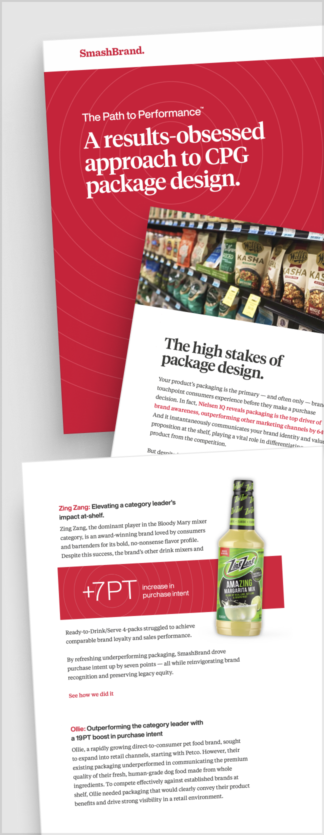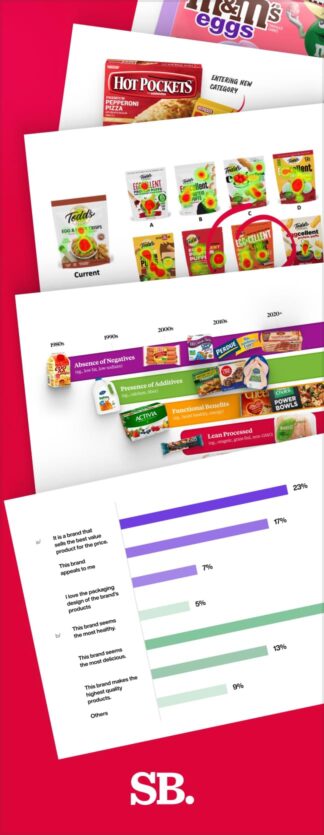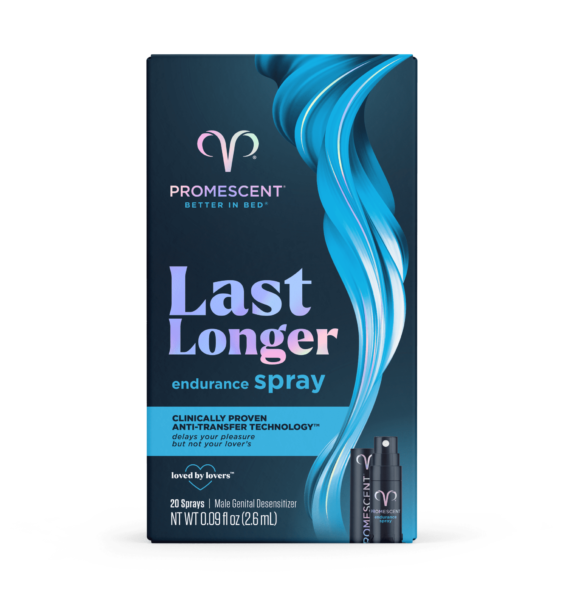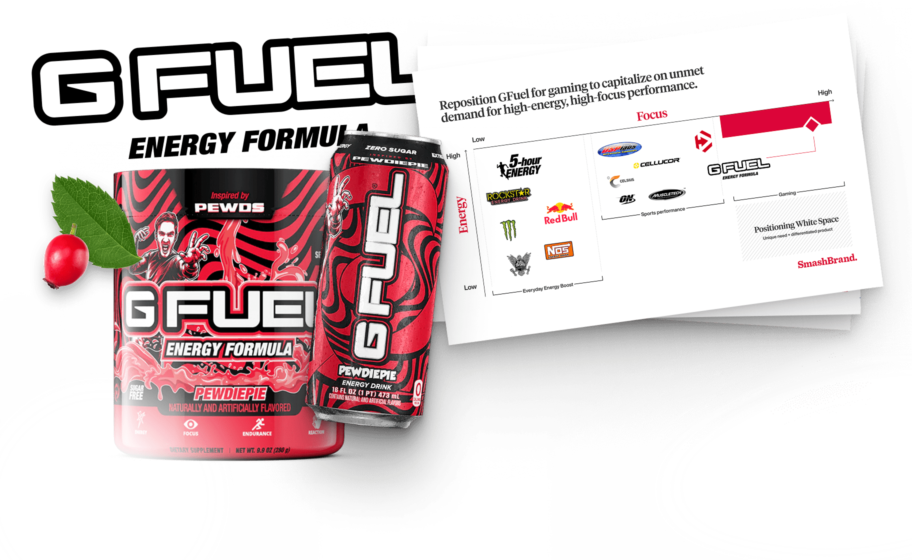Sub brand vs. brand extension—one builds recognition, the other creates distinction. But pick the wrong one, and your brand risks confusion, dilution, or even total failure. According to a study published in the Journal of Marketing, nearly 70% of new products in the CPG industry are brand extensions. But do all of them succeed? The answer is both yes and no!
The extension allows a parent brand to expand its reach while leveraging brand equity and consumer trust. Conversely, a sub-brand gives a product its identity within the brand architecture, making it ideal when differentiation is critical. Which one is right for you?
This guide will explain the differences between sub-branding and brand extension, discuss the risks involved, and explain how to build a brand strategy that strengthens—not weakens—your main brand. Making the right move has a substantial probability of success. Let’s get into it.
The difference between sub brand vs. brand Extension.
| Brand Extension | Sub Brand | |
| Definition | A new product launched under the existing brand name, staying closely tied to the core brand. | An endorsed brand is created under a master brand. It has its own identity but is still linked to the parent brand. |
| Brand Identity | Maintains the core brand’s look, feel, and messaging. | Has its positioning, personality, and branding while still connected to the parent brand. |
| Best Use Case | Expanding within the same or an adjacent category where the core brand has credibility. | When the new product needs differentiation from the master brand to target a new audience, price point, or category. |
| Example | Nestlé Pure Life | Lay’s Poppables |
| Impact on Brand Awareness | Strengthens brand awareness by keeping all products under one brand name. | Additional marketing is required to build recognition for the sub-brand, but it still benefits from the credibility of the master brand. |
| Brand Management Complexity | Easier to manage since all products fall under the same brand name and messaging. | Requires brand management for multiple brands, ensuring consistency while maintaining differentiation. |
| Risk Factors | There is a risk of brand dilution if the extension doesn’t fit consumer expectations. | Higher costs in marketing and brand management since the sub-brand needs to establish itself. |
How brand extension strategy works.
At some point, CPG companies reach a level of market share where they must develop a brand extension strategy that leverages an umbrella brand to introduce a new product so as to capitalize on existing brand equity, creating the ability to penetrate new markets without needing a new brand. This method streamlines new product ideation and facilitates creative brand development by building on the established reputation of the parent brand.
Managing multiple brands under one umbrella requires continuous brand management to maintain coherence and prevent brand dilution. For instance, Oreo expanded its cookie line by introducing gluten-free options, catering to consumers with dietary restrictions. Another example is Weight Watchers, which extended its brand into new food and beverage categories to support consumers’ weight-loss goals.
Key steps to a successful brand extension strategy.
Expanding an existing product into a new market can fuel growth if done right. A poorly executed brand development process confuses consumers, weakens brand image, and erodes brand loyalty. The right strategy ensures a brand extension that strengthens the hybrid brand while maintaining clarity in the brand positioning.
Leverage existing brand equity without diluting core messaging.
A solid brand image is a competitive advantage. A brand extension must align with the brand guidelines and core values while offering something new. Consumers trust the existing product, so the extension should feel familiar yet innovative.
For instance, when KIND Snacks launched frozen smoothie bowls, it reinforced its health-conscious brand positioning without confusing consumers. What to avoid? Overextending into unrelated categories, like if a protein bar brand suddenly introduced candy bars.
Differentiate the extension to drive sales, not cannibalization.
If an extension is too similar to the existing product, it will not attract new buyers and will only pull sales from within the brand portfolio. The product must offer unique benefits to win in a new market while complementing the lineup.
For example, when Chobani expanded from Greek yogurt into oat milk, it targeted plant-based consumers without eating into its core dairy business. Brands must avoid launching a slightly modified version of an existing SKU under a different name; it confuses retailers and consumers.
Test purchase drivers to ensure consumers see value.
CPG brands must validate the extension before launching the marketing strategy. The strategic brand development process must identify what motivates purchase decisions and how the new product fits within the brand portfolio. A well-executed brand extension strengthens brand positioning, expands into a new market, and increases brand loyalty without weakening the existing product.
The risks of brand extensions for CPG brands.
A successful brand extension strengthens the corporate brand, expands its reach, and unlocks new revenue streams. But, it can do the opposite when executed poorly, leading to consumer confusion, brand dilution, and cannibalization. Understanding these risks is critical to maintaining a brand structure that supports long-term growth.
Consumer confusion.
Every successful brand is built on a clear brand promise—an expectation consumers have when they see the logo, packaging, or name. If a brand extension strays too far from this promise, it creates doubt, skepticism, and ultimately, lost sales.
Imagine a company known for organic, health-focused snacks suddenly launching sugary energy drinks. Loyal customers would feel alienated, new consumers would hesitate, and the overall brand would lose credibility. When the connection between the product category and the corporate brand isn’t apparent, the extension becomes a liability instead of an asset.
Brand dilution.
Expanding too aggressively—or in the wrong direction—can weaken the identity that made the individual brands strong. A hybrid brand architecture allows for flexibility, but without strategic alignment, extensions can blur the parent company’s positioning.
A luxury skincare brand launching budget-friendly body washes might gain short-term sales, but at the cost of its premium reputation. Over time, the original brand loses exclusivity, making it harder to justify premium pricing across all its products. A successful brand extension should enhance what the corporate brand stands for, not erode it.
Cannibalization.
Brands must ensure their new product doesn’t steal sales from an existing product in the same lineup. Yet, this happens when brands fail to differentiate their extensions. Instead of attracting new customers or expanding to a different product category, the extension competes with the original, leading to stagnant or declining revenue.
Suppose a well-known sparkling water brand introduces a slightly different-flavored version under a new name. In that case, it risks splitting its customer base rather than increasing its market share. The key to avoiding cannibalization is ensuring each extension serves a distinct purpose within the brand’s structure, reaching new segments without overlapping too much with existing offerings.
Critical steps to a successful sub brand strategy.
A subbrand is a strategic extension that creates its identity while benefiting from the parent brand’s reputation. Without the right approach, it can cause confusion, dilute brand equity, or compete with the existing brand name instead of expanding the market. Here’s how to ensure your sub brand succeeds.
Clearly define the sub brand’s audience.
Sometimes, companies rush into new brand development without truly understanding who they’re targeting. A successful brand is built on precision, defining its ideal consumer before considering logos, packaging, or messaging. A premium snack brand launching a separate brand for high-protein energy bars needs to ask the basic brand development questions: Is this for fitness enthusiasts, busy professionals, or weekend warriors?
Every audience has unique motivations, purchasing behaviors, and expectations. Without a targeted value proposition, the sub-brand risks fading into the marketplace. So, how can businesses achieve success? First, they must perform a thorough competitive product audit to pinpoint gaps. Next, they should apply archetype development to craft a sub-brand that emotionally resonates with its audience while staying distinct from the existing brand name.
Ensure differentiation from the parent brand.
A sub brand that looks, sounds, and feels too similar to its parent will struggle. It’s essential to establish clear differentiation while maintaining a strong brand association. For instance, if a well-known soda brand launches a sugar-free sports drink but markets it under the same name, consumers may assume it’s just another diet soda rather than a performance-enhancing product.
A separate brand often works better; it signals a different purpose and attracts a new audience without creating competition within the brand family. Companies must follow a structured brand guideline to define where the sub-brand aligns with the parent company and where it must stand apart. Product category, pricing, packaging, and retail strategy should all support differentiation.
Create a distinct brand voice while maintaining credibility.
A sub-brand must sound like its own entity. Archetype development is critical here in defining tone, messaging, and personality. A health-conscious snack brand launching a kid-focused sub-brand shouldn’t adopt the same science-driven voice. Instead, the sub-brand should lean into playfulness while reinforcing its parent’s commitment to quality.
Develop clear brand guidelines that define tone of voice, messaging, and positioning. The sub-brand should feel fresh and unique but never disconnected from the parent brand’s reputation.

Path to Performance™
Taking a results-obsessed approach to CPG package design.
Learn how SmashBrand’s proprietary process – rooted in scientific principles, informed by data, and validated by your target audience – takes the guesswork out of package design and delivers guaranteed results.
"*" indicates required fields
The risks of sub-branding in CPG.
A sub-brand can be a powerful tool for market expansion, but it’s not without risks. Without a product branding strategy built on clear differentiation, a sub-brand can create more problems than profits—from excessive costs to consumer confusion. Here’s what can go wrong and how to avoid it.
Higher costs.
Launching a sub-brand requires a full-scale naming and branding effort, including a new visual identity, packaging, and marketing. Unlike a direct co-branding play—where two brands share equity—a sub-brand demands independent positioning while still aligning with the parent company.
Why it’s risky: Every dollar spent on branding, advertising, and shelf space for a sub-brand does not reinforce the parent brand. If the sub-brand fails, that investment is lost.
How to mitigate it: Consolidate the sub-brand’s market potential through consumer testing before diving into innovation. A brand extension might be more innovative if the demand isn’t strong enough to justify the expense.
Internal competition.
Sub-brands are meant to expand reach, not steal from their portfolio. If a sub-brand is too close to its parent, it doesn’t create new buyers—it just shifts existing ones from one SKU to another. A weak product branding strategy leads to internal competition rather than incremental growth.
Why it’s risky: Instead of capturing new market segments, a poorly positioned sub-brand competes for the same consumers who already buy from the parent brand.
How to avoid it: Strategic branding should highlight distinct positioning. A sub-brand must appeal to a different consumer mindset, price tier, or usage occasion—it must not just be a variation of an existing brand in a different wrapper.
Market confusion.
A sub-brand must maintain brand association with the parent brand while being distinct enough to stand independently. If consumers don’t see the connection, they don’t transfer trust. If the link is too apparent, the sub-brand lacks purpose.
Why it’s risky: A disconnected sub-brand forces consumers to determine how it relates to the parent company. If it’s too close, it gets lost as a redundant spin-off.
How to solve it: A hybrid brand architecture should balance autonomy and affiliation. A strong product branding strategy ensures the sub-brand has clear differentiation while leveraging the parent brand’s reputation for credibility.
When to go for a brand extension vs. a sub-brand.
Choosing between a brand extension and a sub-brand isn’t just a branding decision—it’s a strategic move that impacts everything from market positioning to consumer perception and long-term growth. Here’s how to make the right call.
Choose a brand extension if.
A brand extension makes sense when a new product is a natural progression of an existing product line. It allows companies to introduce variations, flavors, or adjacent innovations under the parent brand without creating a new identity.
- Your new product is a logical evolution of your existing product line.
- You want to leverage the existing brand’s credibility and customer base.
- Your product fits the same category and is positioned as the parent brand.
- You need low-cost, fast market entry without heavy branding investment.
Example: Oreo expanding from cookies to ice cream.
Choose a sub-brand if.
A sub-brand is better when a new product needs its identity while benefiting from the parent brand’s credibility. This strategy allows companies to expand into new audiences, price segments, or product categories without weakening their main brand.
- Your new product targets a different audience or price segment.
- You need to differentiate while still benefiting from parent brand equity.
- The new product requires its own brand identity to succeed.
- Your expansion moves into a new sub-category where your parent brand lacks credibility.
Example: PepsiCo launched a sub-brand Gatorade, a sports drink to target a different demographic.

Nice Package
Don’t miss out on our monthly newsletter Nice Package!
Each month, we deliver a data-driven newsletter directly to your inbox, unpacking a critical topic in the FMCG & CPG industry.
"*" indicates required fields
Still unsure? We can help!
Making the wrong move can cost millions in wasted branding, marketing, and repositioning. At SmashBrand, we don’t guess—we test. Our consumer-driven data validates whether a brand extension or sub-brand is the best move for your market, ensuring you launch with clarity, confidence, and guaranteed results. Let’s talk about your brand’s next big move.
Subscribe to
Nice Package.
A monthly newsletter that unpacks a critical topic in the FMCG & CPG industry.
Free Resource.

CPG product repositioning guide.
Explore the five undeniable signs your CPG product needs repositioning along with strategies for leveraging consumer insights for a guaranteed market lift.
Learn More About CPG product repositioning guide.


